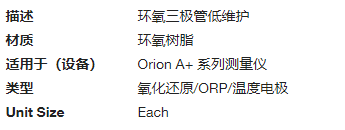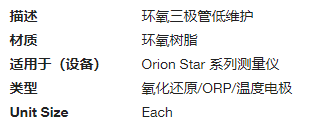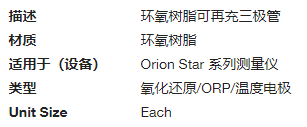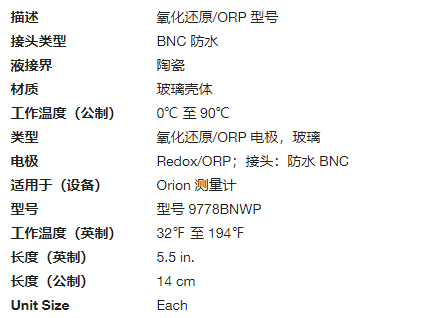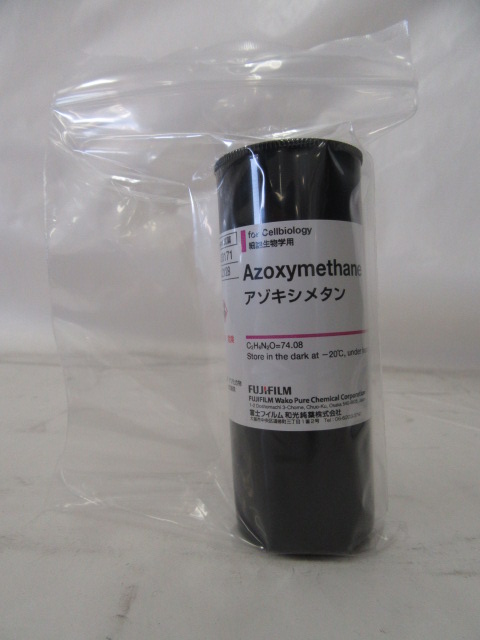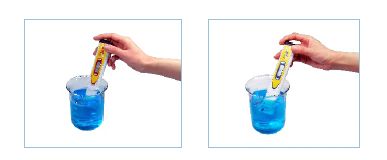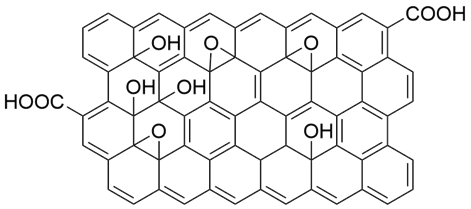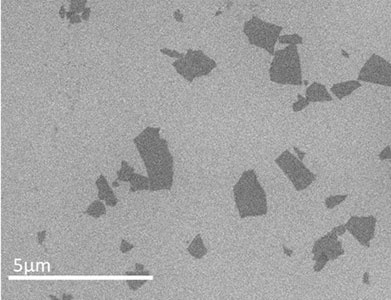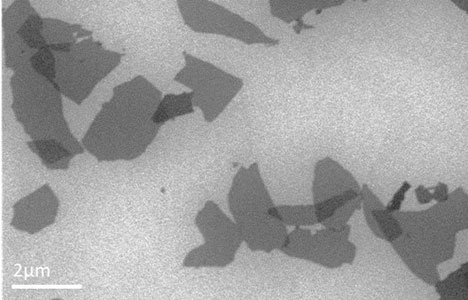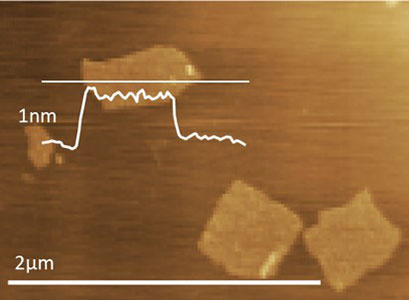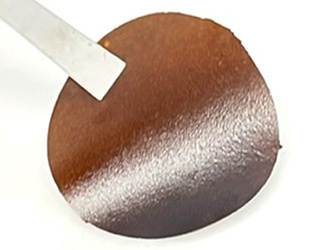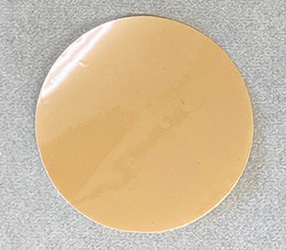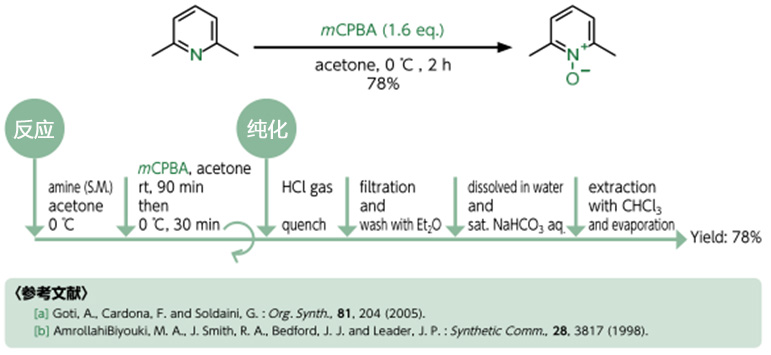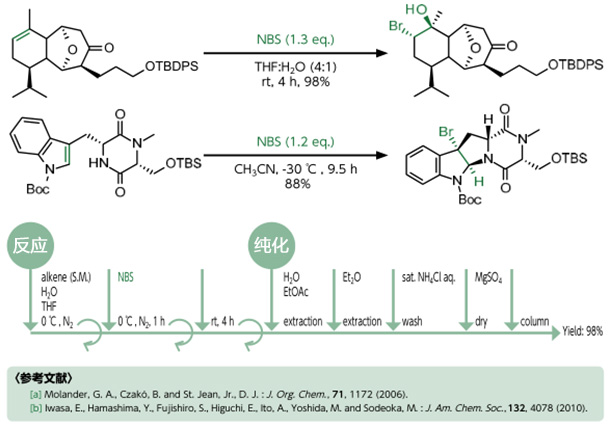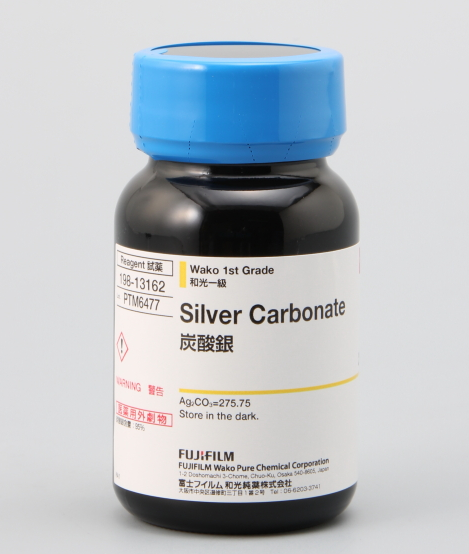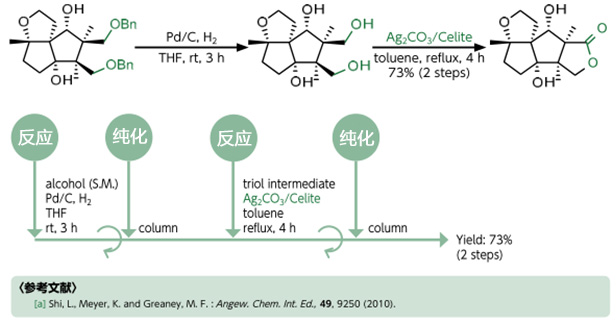天然产物醌类Quinones
Rifamycin S 纯度: 99.22%
Rifamycin S 是一种醌和抗革兰氏阳性细菌 (包括 MRSA) 的抗生素。Rifamycin S 是涉及两个电子的可逆氧化还原系统的氧化形式。Rifamycin S 可以产生活性氧 (ROS) 并抑制微粒体脂质过氧化,并可用于肺结核和麻风病的研究。
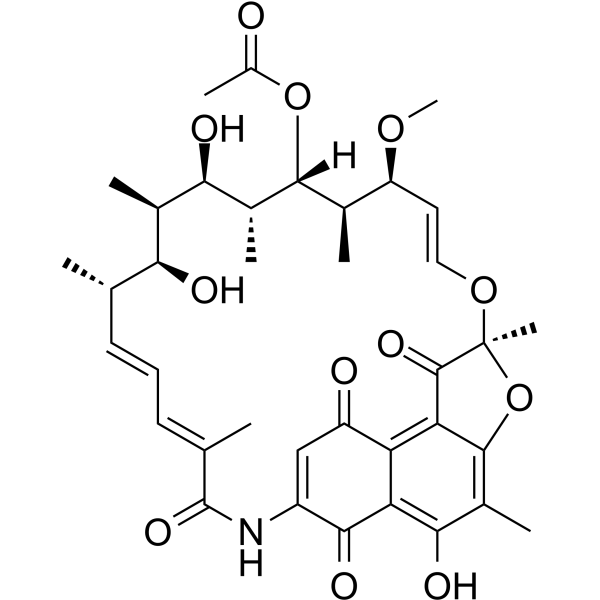
Rifamycin S Chemical Structure
CAS No. : 13553-79-2
| 规格 | 价格 | 是否有货 | 数量 |
|---|---|---|---|
| Free Sample (0.1-0.5 mg) | Apply now | ||
| 10 mM * 1 mL in DMSO | ¥990 | In-stock | |
| 50 mg | ¥900 | In-stock | |
| 100 mg | ¥1500 | In-stock | |
| 200 mg | 询价 | ||
| 500 mg | 询价 |
* Please select Quantity before adding items.
Rifamycin S 相关产品
•相关化合物库:
- Covalent Screening Library Plus
- Natural Product Library Plus
- Bioactive Compound Library Plus
- Anti-Infection Compound Library
- Immunology/Inflammation Compound Library
- Metabolism/Protease Compound Library
- NF-κB Signaling Compound Library
- Stem Cell Signaling Compound Library
- Natural Product Library
- Anti-Aging Compound Library
- Covalent Screening Library
- Antioxidants Compound Library
- Macrocyclic Compound Library
- Oxygen Sensing Compound Library
- Antibacterial Compound Library
- Ferroptosis Compound Library
- Phenols Library
- Pyroptosis Compound Library
- FDA Approved & Pharmacopeial Drug Library
- Antibiotics Library
- Microbial Metabolite Library
- Mitochondria-Targeted Compound Library
| 生物活性 |
Rifamycin S, a quinone, is an antibiotic against Gram-positive bacteria (including MRSA). Rifamycin S is the oxidized forms of a reversible oxidation-reduction system involving two electrons. Rifamycin S generates reactive oxygen species (ROS) and inhibits microsomal lipid peroxidation. Rifamycin S can be used for tuberculosis and leprosy[1][2][3]. |
IC50 & Target |
Gram-positive bacteria[3] |
||||||||||||||
|---|---|---|---|---|---|---|---|---|---|---|---|---|---|---|---|---|---|
| 体外研究 (In Vitro) |
The inhibition of bacterial growth by Rifamycin SV is due to the production of active species of oxygen resulting from the oxidation-reduction cycle of Rifamycin SV in the cells. The aerobic oxidation of Rifamycin SV to Rifamycin S is induced by metal ions, such as Mn2+, Cu2+, and Co2+. The most effective metal ion is Mn2+[2]. Shanghai Jinpan Biotech Co Ltd has not independently confirmed the accuracy of these methods. They are for reference only. |
||||||||||||||||
| 体内研究 (In Vivo) |
Rat liver sub-mitochondrial particles also generated hydroxyl radical in the presence of NADH and Rifamycin S. NADH dehydrogenase (complex I) as the major component involved in the reduction of Rifamycin S. Compared to NADPH, NADH is almost as effective (Rifamycin S) in catalyzing the interactions of these antibiotics with rat liver microsomes. Rifamycin S is shown to be readily reduced to Rifamycin SV, the corresponding hydroquinone by Fe(II). Rifamycin S forms a detectable Fe(II)-(Rifamycin S)3 complex. The Fe:ATP induced lipid peroxidation is completely inhibited by Rifamycin S. Rifamycin S can interact with rat liver microsomes to undergo redox-cycling, with the subsequent production of hydroxyl radicals when iron complexes are present[1]. Shanghai Jinpan Biotech Co Ltd has not independently confirmed the accuracy of these methods. They are for reference only. |
||||||||||||||||
| 分子量 |
695.75 |
||||||||||||||||
| Formula |
C37H45NO12 |
||||||||||||||||
| CAS 号 |
13553-79-2 |
||||||||||||||||
| 运输条件 |
Room temperature in continental US; may vary elsewhere. |
||||||||||||||||
| 储存方式 |
|
||||||||||||||||
| 溶解性数据 |
In Vitro:
DMSO : 100 mg/mL (143.73 mM; Need ultrasonic) 配制储备液
*
请根据产品在不同溶剂中的溶解度选择合适的溶剂配制储备液;一旦配成溶液,请分装保存,避免反复冻融造成的产品失效。 In Vivo:
请根据您的实验动物和给药方式选择适当的溶解方案。以下溶解方案都请先按照 In Vitro 方式配制澄清的储备液,再依次添加助溶剂: ——为保证实验结果的可靠性,澄清的储备液可以根据储存条件,适当保存;体内实验的工作液,建议您现用现配,当天使用; 以下溶剂前显示的百
|
||||||||||||||||
| 参考文献 |
|

